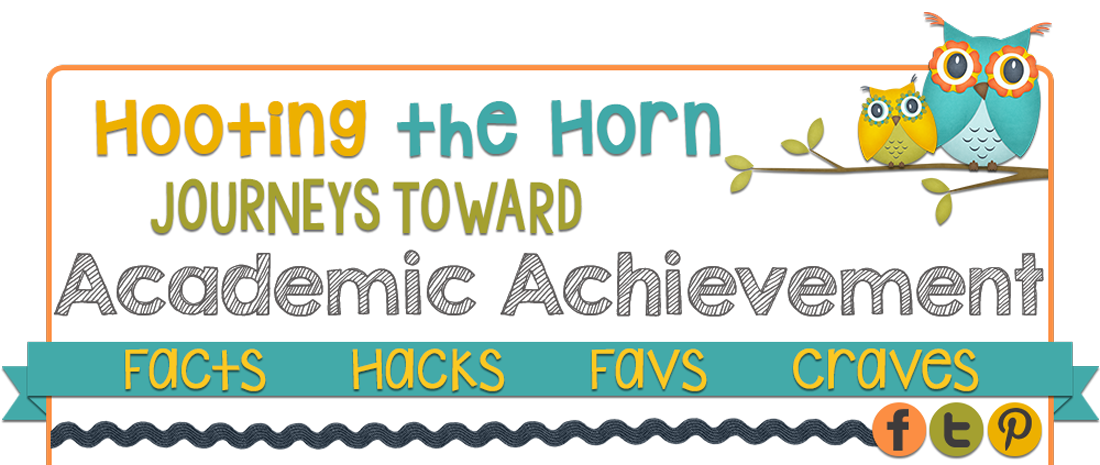 |
| Image from official Norway website |
was about Rjukan, a town in Norway that does not receive a lot of sunlight during the winter months. To "illuminate the issue," they decided to use giant mirrors to direct sunlight on the town. At the time, I shared the article with students and asked them to answer a question based on the article. I gave extra credit for responses I received from students. This year, I want to actually incorporate the article into a lesson for my students. I don't want it to take the entire class period, but I do think it will give them a chance to explore a topic beyond the polygons they'll deal with on paper for the next couple of weeks.
Start with the article
The story about Rjukan is short, which makes it ideal for introducing to my math classes. I'm going to insert the link on my class website so that students can read it independently. I'll give them 3 minutes to finish the article. Time permitting, I'll also ask them to visit the official project website. Thankfully, the article includes that link.
Link to News Article about Rjukan
Get to the math
According to the article, the mirrors will create a 6,500 square foot beam of light for Rjukan for the town square. It does not mention the dimensions of the beam. I will direct students to prepare a page in their notebooks with the title, "Rjukan's Beam of Light." Students will need to determine possible dimensions of the town square and justify their dimensions. Area is given, but they will also need to calculate possible perimeters of the town square. Their notebook entries will also include a sketch of the dimensions. Students will have 5-10 minutes to complete their entries.
Answer expectations
Most students will use rectangles to complete the task. I'll be looking for proper algorithms, as well as sound justifications for responses (that means complete, detailed sentences!). Students will have to share their answers with a partner before we discuss their responses in a whole group setting. I know they'll be several different responses. We'll discuss the reasonableness of responses. For example, if a student gives dimensions of 10' by 650', I will ask, "Do you think the town square is only 10 feet wide/long?"
Lesson lead-in
I've found these types of "lesson lead-ins" keep students more engaged in the lesson. Students aren't always exposed to some of the reasons "why we're doing this in class." Exposure to real-world math applications is critical in increasing students' math competency. We'll be working on area formulas for the next week and a half, so I'm hoping to find a few more lesson lead-ins such as this one. Hopefully it's something other teachers can use in their classrooms.
